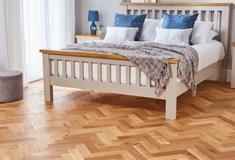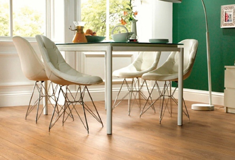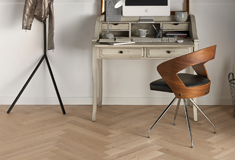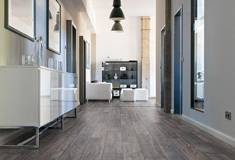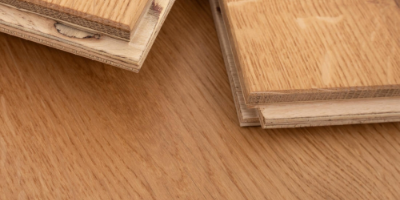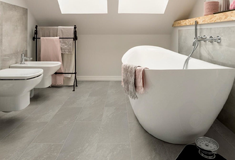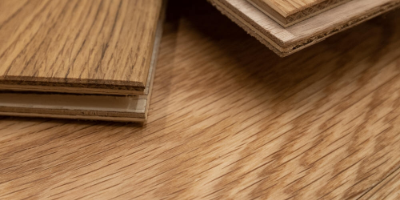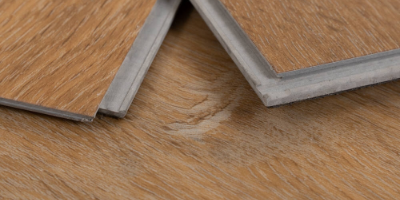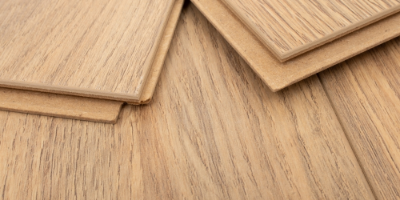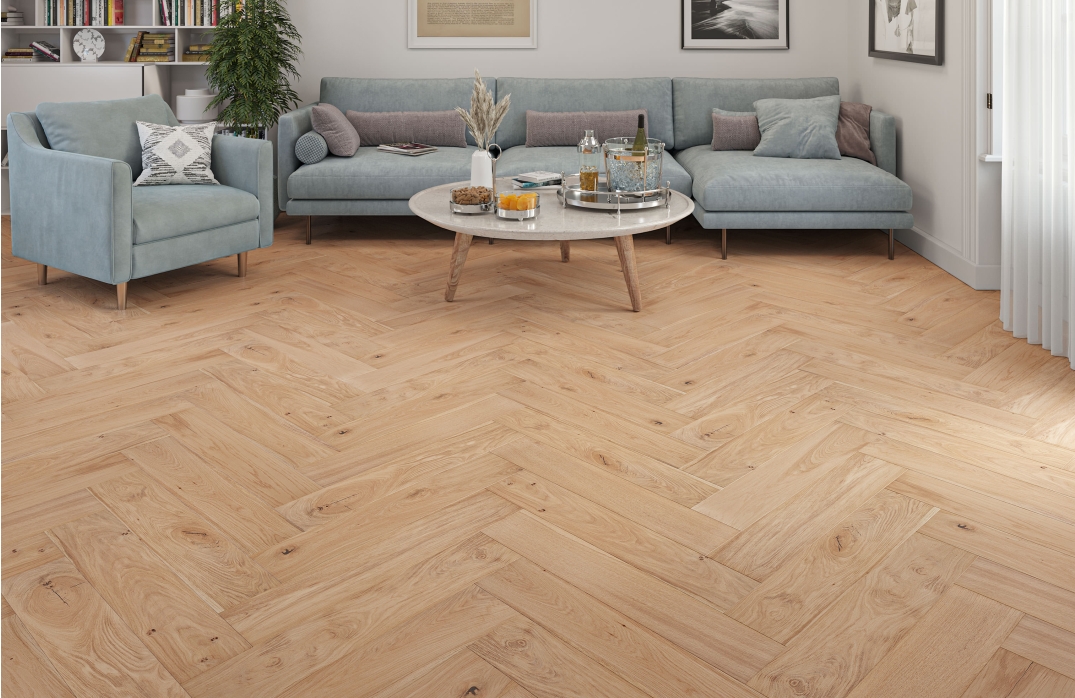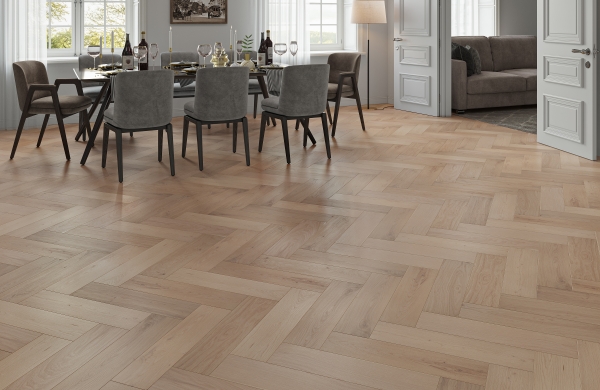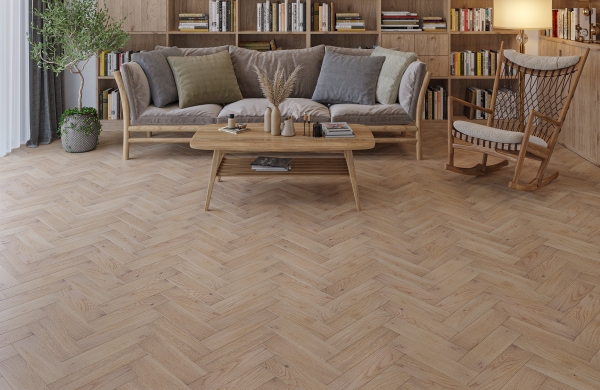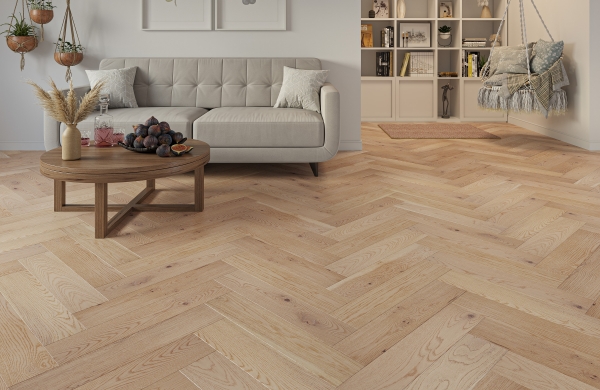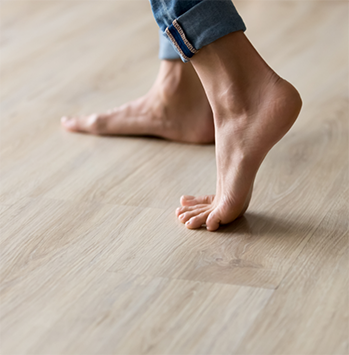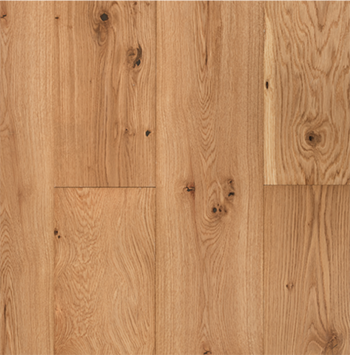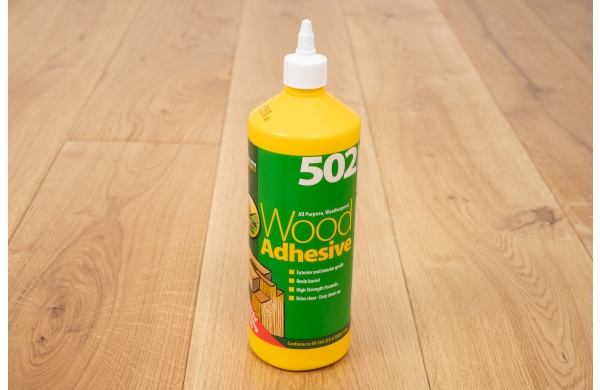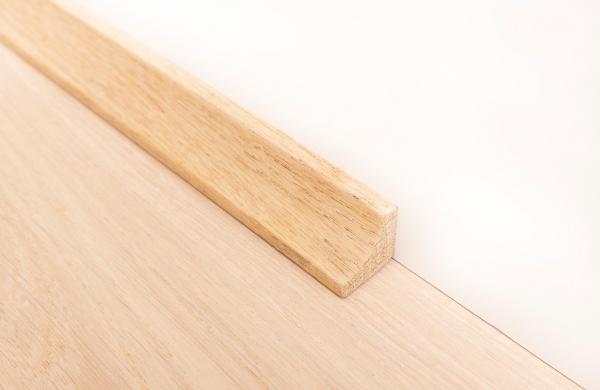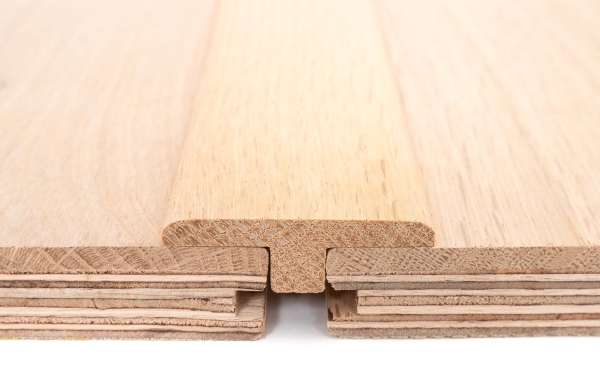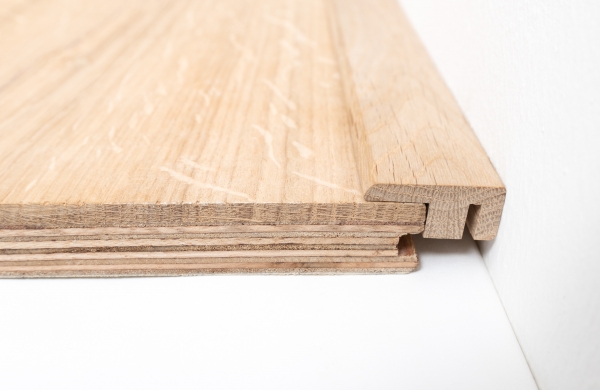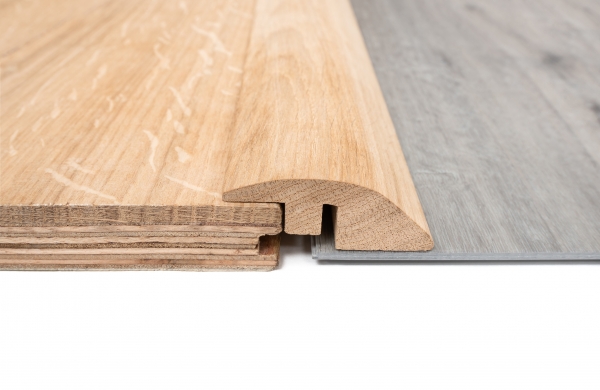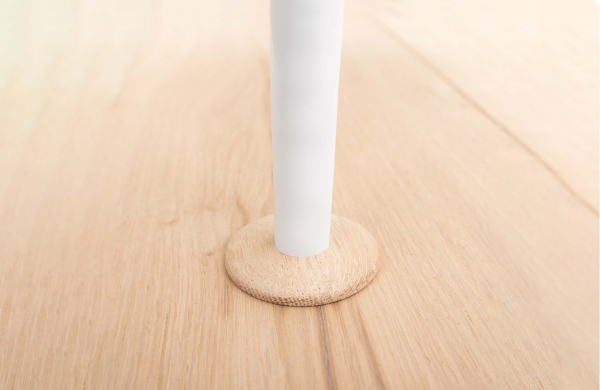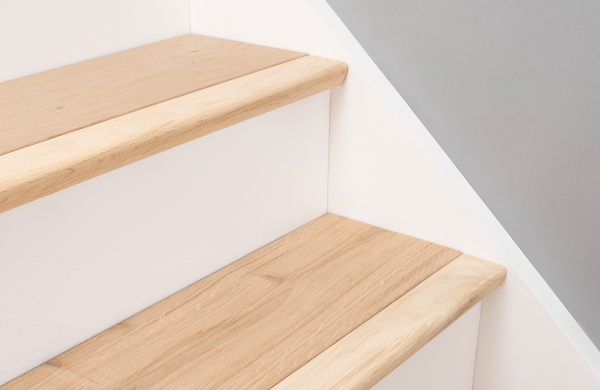Create a light and airy feel to your home with our Painswick Ghoul Grand Oak. Featuring the same characteristics of our gorgeous Painswick Ghoul Oak but with a larger plank size.
This parquet flooring is part of our herringbone collection. The iconic herringbone design shows the planks arranged in a fishbone style and is traditionally linked with grand homes due to the luxurious and class feel it exudes. This level of class is now achieved in more modern and contemporary homes when herringbone flooring is installed.
This floor features a larger plank size which showcases the woods knots and imperfections beautifully with more focus giving the floor a greater deal of character and warmth. The floor has also been lightly brushed and finished with an invisible oil giving each individual plank more texture, charm and authenticity.
Engineered flooring doesn’t just look amazing but it’s extremely practical too. Engineered wood has the ability to withstand fluctuating temperatures which makes it the perfect option if you’re looking to install underfloor heating.
This flooring can be installed through two different ways. nailed down or glued. Please see the full, downloadable installation guide in the installation tab above for more information





